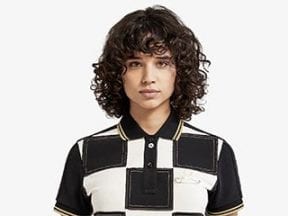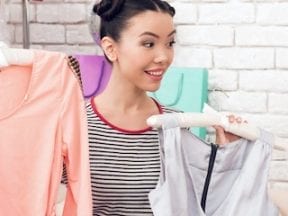Quality product photos are crucial to selling online. Since they cannot physically touch an item, shoppers need to see all the core details. This typically calls for four to five images of the product at different angles. Zoomed images highlight textures and buttons.
To maximize sales of a product, though, you need multiple types of images — beyond studio shots. Here are three types of non-standard photos that encourage sales.
Context of Use
Context-of-use images explain how a product is utilized. They’re also helpful in defining alternate uses that can inspire purchases for other purposes. For example, Mason jars are used for way more than canning. This glass jar’s alternative use popularity is so strong that Ball now offers specialty lids and crafting supplies and showcases various types of crafts on its website.

Ball embraced Mason jars being used for non-canning purposes. The company now sells accessories and crafting supplies.
Alternate uses may come from your own experience, or you may learn (as Ball did) from customers. Either way, alternative use photos can help even slow movers pick up speed.
And don’t be afraid to pull heartstrings. Animals, especially dogs and cats, evoke emotion. It’s usually a win when a product can be incorporated with an animal.

Van Halen Store shows how these cool bandanas also look on a dog.
Size and Proportion
Sizing specs are sometimes confusing. So including elements that depict a product’s actual size helps eliminate guesswork. The most common method of comparison for small items is including a coin in the picture or showing the item being held in a hand. For small-to-mid-sized products, using people or animals is popular. For large and super-sized items, vehicles and buildings are your best bet.

Using people and everyday objects to depict the true size of a product, such as these Bluetooth speakers, eases the decision-making process. Source: Amazon.
Show storage products both alongside people or objects and also filled with various relevant items. A cooler could be filled with cans and bottles, a backpack with books and tech gear, and a wallet with money and credit cards.
While Bellroy includes many high-end photos that show how much one of its wallets can hold, it also produced a compelling video. In one minute, the video explains available colors, features, capacity, and proportionate size.
Customer Images
User-generated content is one of the best ways of selling most anything. Many heavily reviewed items on Amazon include media from customers, which often show details not found in descriptions. If you can showcase customer-provided photos, do it. If an image would work well as part of the product’s details, ask permission to use it. Typically customers agree as they are flattered.
Customer photos provide additional benefits.
- Social proof. Photos from customers demonstrate that others have purchased and use the product.
- Reduce returns. More than 20 percent of product returns happen because an item appeared differently in person. Although customer photos aren’t always high quality, they often provide a more realistic view of a product — in a personal setting.
- Enhances reviews. Reviews that include photos are frequently more helpful and authentic.
- Promotes sharing. Compelling customer shots are more apt to get shared.
- Demonstrates longevity. Photos that show a product positively after being used over time can spur sales, especially for items that have lost some traction.
If your store has a loyal following, you may only need to ask for photos. If not, consider offering, in exchange, store credit, reward points, or contest entries.
To be sure, the primary product images should be studio quality. But customer images have more leeway. Along with alternate-use shots, customer images can be taken with a smartphone in realistic settings, provided the image is in focus with ample lighting.





